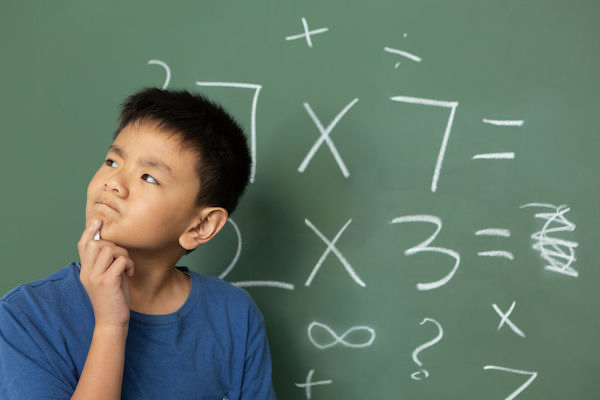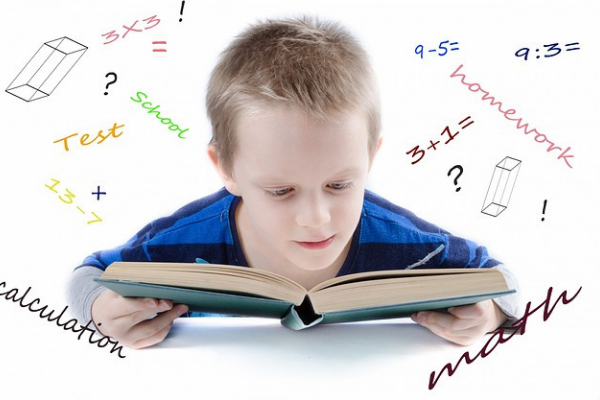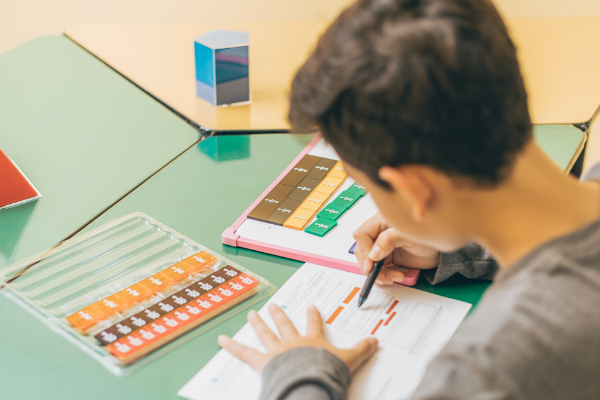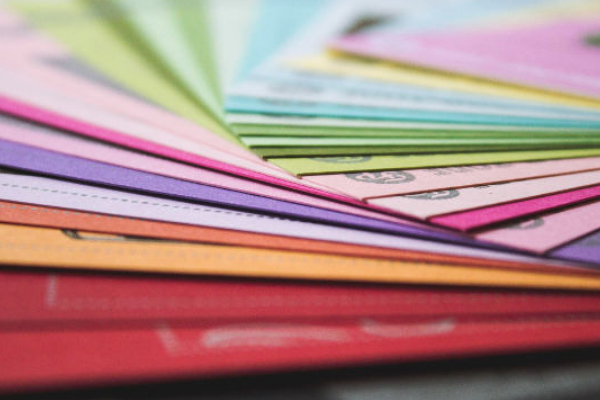Singapore Math Heuristics: Make A Systematic List, Guess And Check, Restate The Problem In Another Way
The skills children pick up in math are indispensable; they can be applied to other academic subjects and to solve real-world problems in their daily lives and future work.
The Singapore Math curriculum focuses on problem solving. Through problem solving, children develop thinking skills such as creative thinking and critical thinking.
When children analyse math problems, they notice patterns, learn to generalise, form new ideas and activate their creative thinking. Children become critical thinkers when they are able to select the best strategy out of multiple methods to solve word problems.
Singapore Math Heuristics
In part one of our Math Heuristics series, we gave an overview of the 12 problem-solving methods or heuristics taught in the Singapore primary math education syllabus, with tips from the curriculum team at Seriously Addictive Mathematics (S.A.M) on how to use them to solve various math word problems.
In part two of the Math Heuristic series, we zoomed in on the heursitics – Act It Out, Draw A Diagram and Look For Patterns, and also showed how to apply the Polya’s 4-step problem-solving process in sample word problems.
In the third part of this series, we will focus on the next 3 heuristics – Make a systematic list, guess and check, and restate the problem in another way.
Sample word problems are solved using these 3 heuristics and Poly’s 4-step process in the step-by-step worked solutions provided by the curriculum team at S.A.M.
_______________________________________________________________________________________________________
Heuristic: Make a systematic list
Word Problem (Grade 2):
Jimmy uses the number cards given below to form as many 3-digit odd numbers as he can. List all the numbers that Jimmy can form.
_______________________________________________________________________________________________________
Heuristic: Guess and check
Word Problem (Grade 3):
David sold a total of 15 $4 coupons and $5 coupons for a funfair. He received $65 for the sale of the coupons. How many $4 coupons and how many $5 coupons did he sell?
Word Problem (Grade 5):
In a quiz, 5 marks were awarded for each correct answer and 3 marks were deducted for each wrong answer. Darren answered 14 questions and scored 30 marks. How many questions did he answer correctly?
Try solving the following word problem using Polya’s 4-step process.
Word Problem (Grade 5):
Vijay is presented with the equations below. Insert one pair of brackets in each equation to make it true.
4 × 11 + 18 ÷ 3 + 6 = 46
_______________________________________________________________________________________________________
Heuristic: Restate the problem in another way
Word Problem (Grade 2):
Sally has some beds and sofas. All of them are equal in length. The total length is 14 metres. Each bed is 2 metres long. Sally has 1 fewer bed than sofas. What is the total length of the sofas?
Try solving the following word problem using Polya’s 4-step process.
Word Problem (Grade 2):
There are some identical pens and erasers. 2 pens and 3 erasers are 45 centimetres long altogether. 6 erasers and 2 pens are 60 centimetres long altogether. What is the length of 3 erasers?
These are just a few examples to show you how Singapore Math heuristics are used to solve basic and intermediate word problems in lower grade levels and complex word problems in upper grade levels.
Look out for parts four and five of this series for the other 6 remaining Singapore Math heuristics and word problems with step-by-step worked solutions.
This is the third part to S.A.M Math Heuristics series. Read part one and part two here.
Established in 2010, Seriously Addictive Mathematics (S.A.M) is the world’s largest Singapore Math enrichment program for children aged four to 12. The award-winning S.A.M program is based on the global top-ranking Singapore Math curriculum with a focus on developing problem solving and thinking skills.
The curriculum is complemented with S.A.M’s two-pillared approach of Classroom Engagement and Worksheet Reinforcement, with an individual learning plan tailored to each child at their own skill level and pace, because no two children learn alike.











